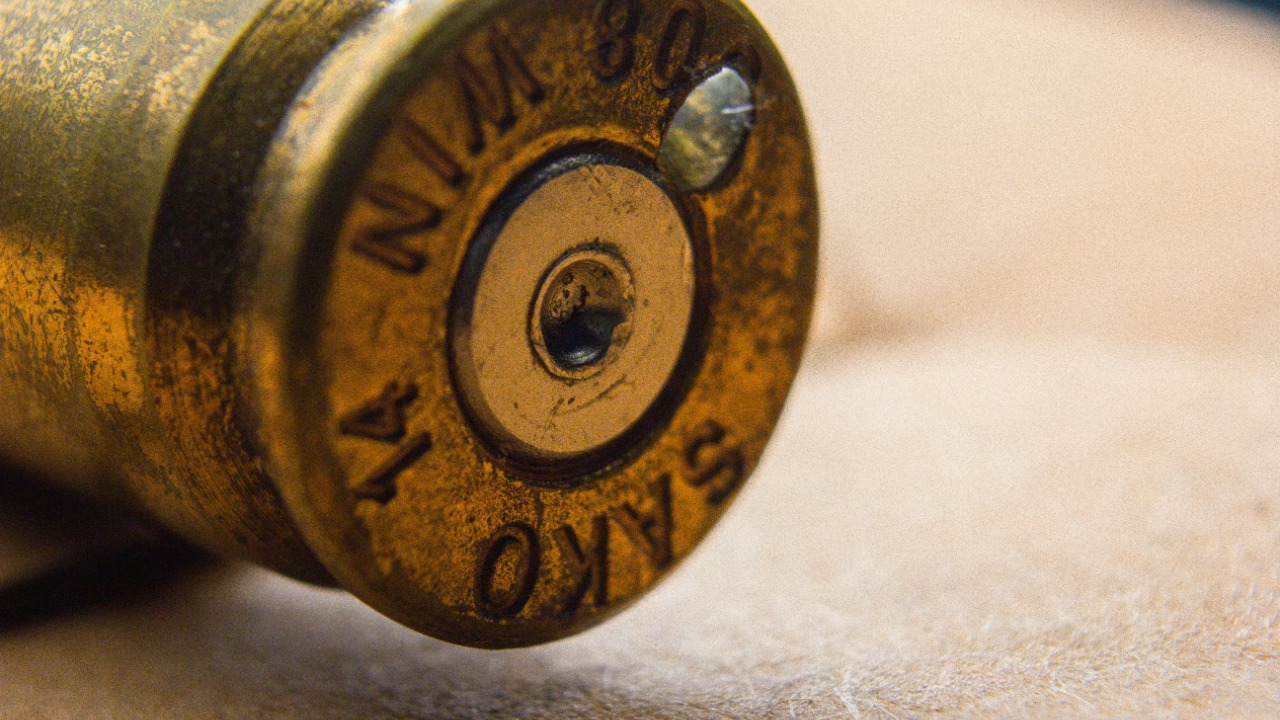
Archaeologists excavating the San Geronimo III site near the Hopi Tribe’s reservation in northeastern Arizona made an unexpected discovery: a matchlock caliver, a type of early firearm dating to around 1540–1541. This 480-year-old gun, found during routine digs for a proposed housing development, is described by researchers as the oldest complete firearm ever found in the United States, predating other known examples by over a century.
The Accidental Unearthing
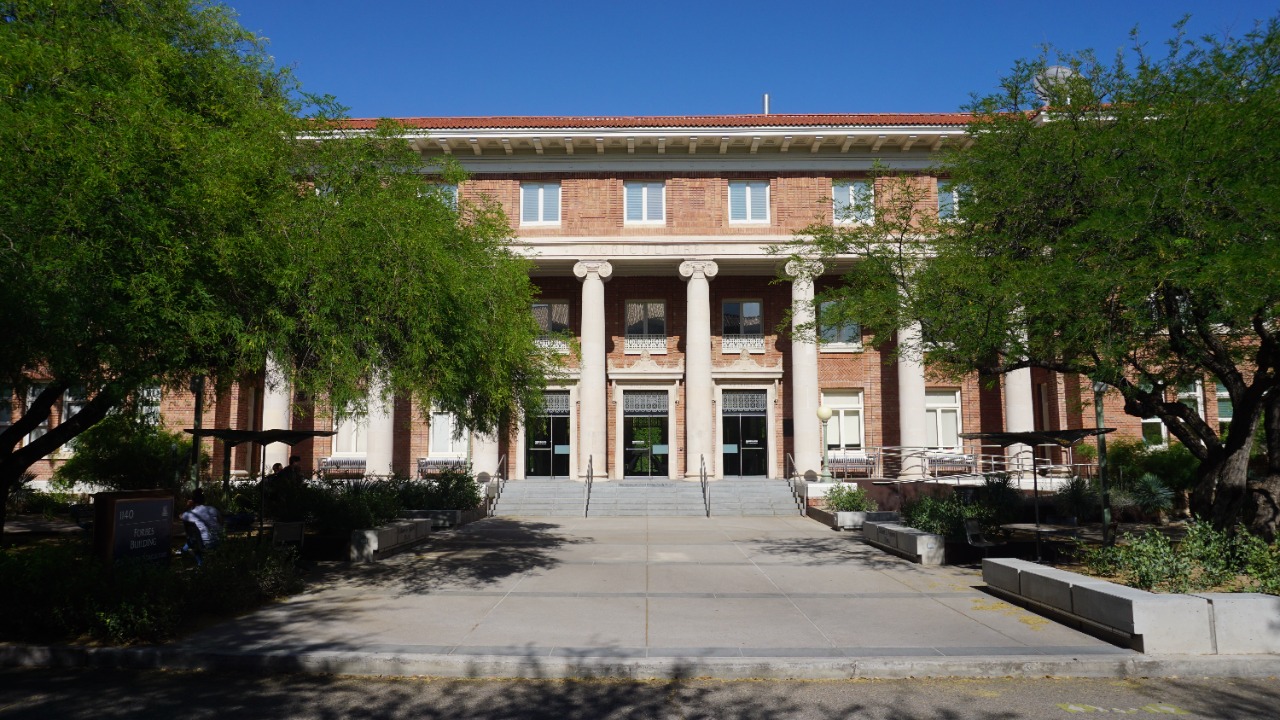
The team from Archaeology Southwest and the University of Arizona were initially focused on mapping 16th-century Native American and Spanish interactions at the site when the firearm barrel emerged from the soil during a 2023 excavation. The discovery was a surprise, as the archaeologists were not specifically searching for weaponry, but rather conducting salvage archaeology work in preparation for a proposed housing development.
The matchlock caliver’s iron barrel measured about 3 feet long. Despite showing signs of corrosion, identifiable features like the matchlock mechanism for igniting gunpowder were still visible. This unexpected find shifted the focus of the excavation from pottery and tools to this rare European weapon, providing a unique glimpse into the past.
Historical Context of the Coronado Expedition
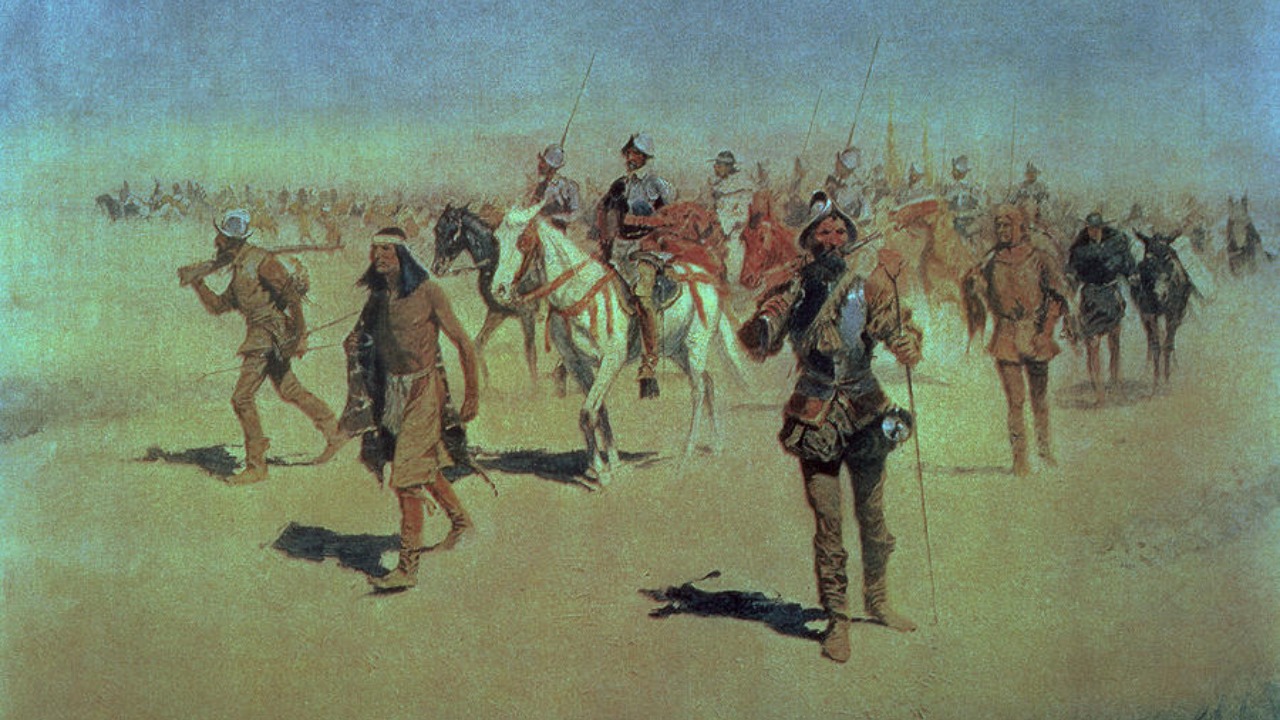
The firearm dates back to the time of Francisco Vázquez de Coronado’s 1540–1542 expedition. Coronado led over 300 Spanish soldiers from Mexico into present-day Arizona, New Mexico, and beyond in search of the mythical Seven Cities of Gold. The San Geronimo III site, a 16th-century Hopi village, was briefly occupied by Spanish forces during this expedition, leading to conflicts and eventual abandonment.
Matchlock firearms like this caliver were standard issue for Spanish conquistadors. These early guns represented one of the first gun technologies in the Americas, using a lit match to ignite powder and fire the weapon. The discovery of such a firearm at San Geronimo III provides tangible evidence of the Spanish presence and their interactions with indigenous peoples.
Analysis and Authentication of the Firearm
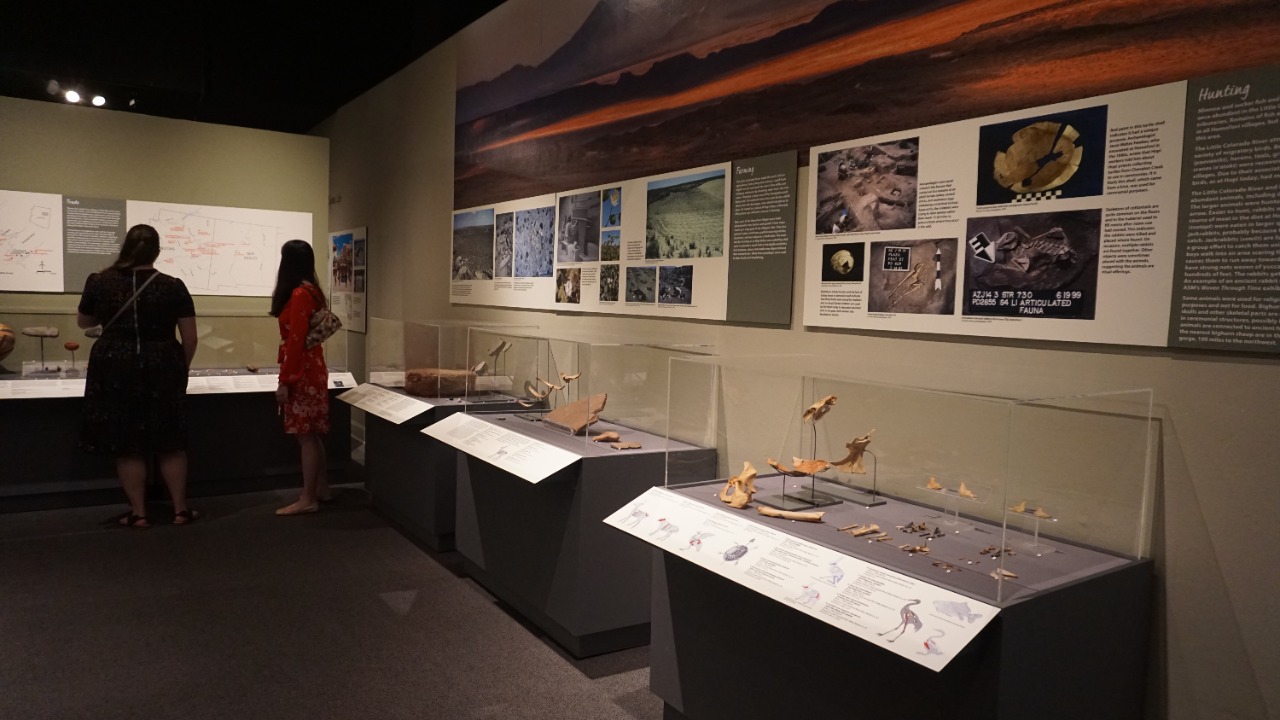
Metallurgical and historical analysis confirmed the gun’s age. Radiocarbon dating of associated organic materials and comparisons to known 16th-century Spanish armaments place its manufacture around 1540. As archaeologist William M. Walker stated, “This is a once-in-a-lifetime find that rewrites our understanding of early colonial weaponry in North America.”
Conservation efforts are currently underway at the Arizona State Museum, where the artifact is being stabilized to prevent further deterioration from environmental exposure. The preservation of this artifact is crucial for future study and understanding of early colonial history.
Broader Implications for American Archaeology
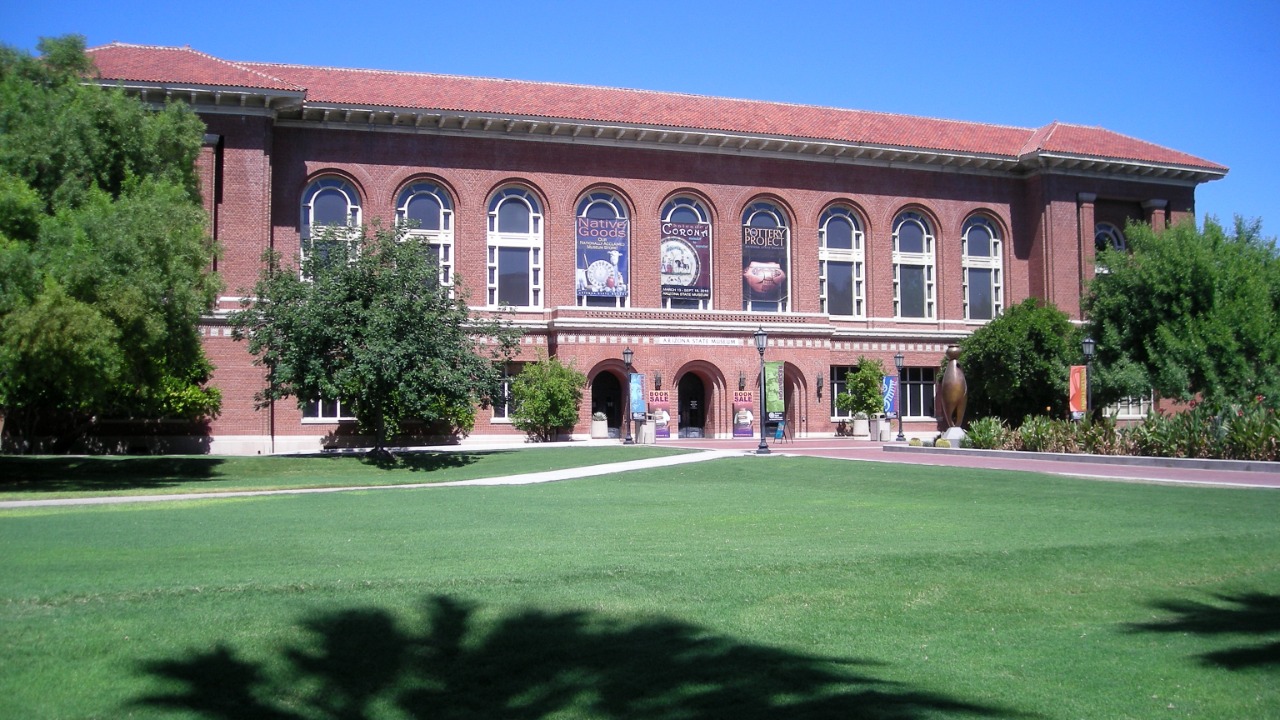
This discovery challenges previous timelines for European firearms in the U.S. Prior to this, the oldest examples dated to the late 17th century. This 1540s artifact is a key piece in understanding early colonial expansion and the technological capabilities of the time.
The excavation was conducted in collaboration with the Hopi Tribe, whose reservation borders the site. This partnership emphasizes the importance of cultural sensitivity in interpreting the gun’s role in historical conflicts between Spanish forces and indigenous communities. Future excavations at San Geronimo III could reveal more expedition artifacts and provide metrics on the scale of Coronado’s presence in the region.